Background Intro
Observant jewish women cover their natural hair after marriage. Islam Muslim women cover their heads and part of their faces in accordance with the Islamic principle of dressing modestly. This makes hair coverings a huge part of the culture.
What are hair coverings for jewish women?
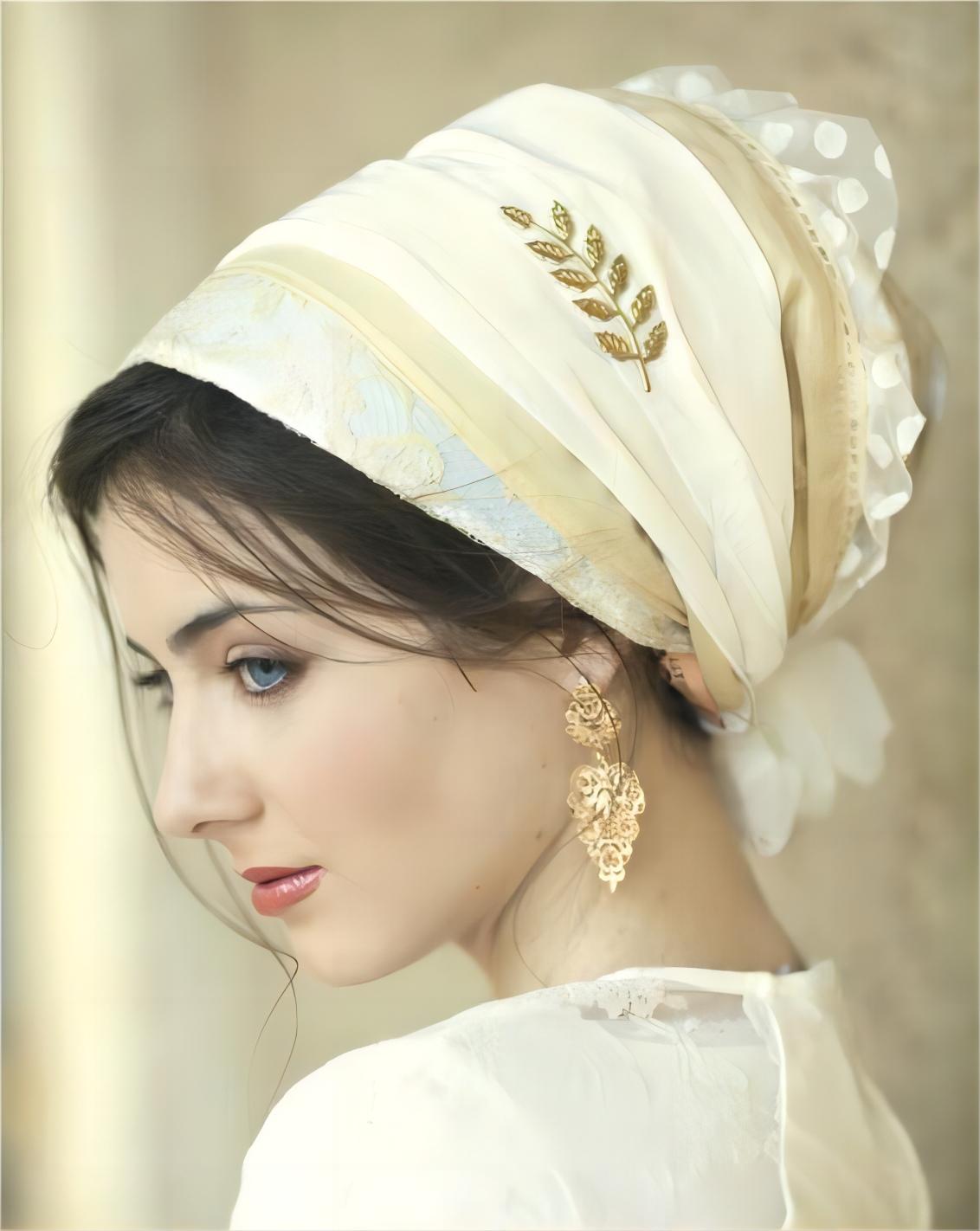
A hair covering, which can also be called a hair accessory, is a decorative item worn on the head. However, for the Jewish woman, it encompasses much more than that. In Judaism, rabbis define hair as a part of her privacy. Women's hair is also seen as something "sexually erotic", is the personification of desire.
Women who are already married should wear a head covering in public and are exempt from this act at home. Some Jewish women do not remove their head coverings at home, even in their own bedrooms, in order to demonstrate their inner piety to God. For Jewish women, the head covering symbolizes marriage. If women wear head coverings, it means that they already have someone to spend their life with, and other men must keep their distance from them. This custom creates a psychological barrier, a cognitive distance between her and strangers. Her beauty becomes visible but inconspicuous; she is attractive but unavailable.
What are the types of hair coverings for Jewish women?
A married Orthodox woman has a wide variety of hair coverings to choose from. She can decide according to her preference and the community she belongs to. But whichever one a woman chooses, they are equally important. The following are some common hair coverings, but customs may vary from community to community and are presented here for reference only.
#1 Sheitel
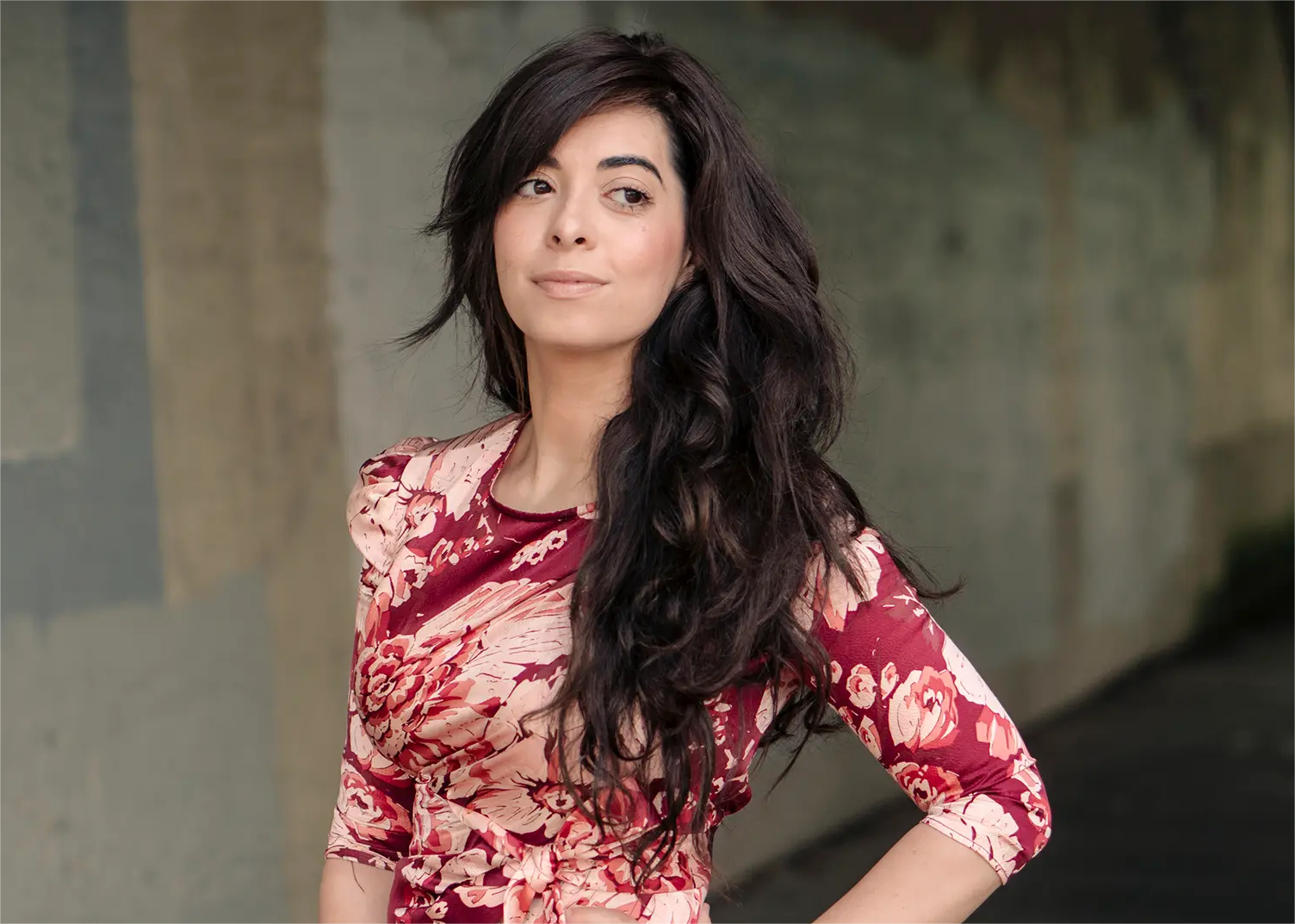
It is a wig worn by certain Orthodox Jewish married women. Wigs can be made from human hair or synthetic hair. A wig allows a woman to cover all her hair, while maintaining her attractive appearance. And even if her wig looks so real as to be mistaken for natural hair, she knows that no one is looking at the real her. Almost every group in the Orthodox Church has the habit of wearing wigs. The more modern communities mix a small amount of natural hair from the forehead into the wig to give a more natural look to the hairline. In more backward communities, women wear wigs that are more conspicuous in appearance and shorter in length. Some women in the Hasidic community use hats to cover their wigs.
#2 Tichel
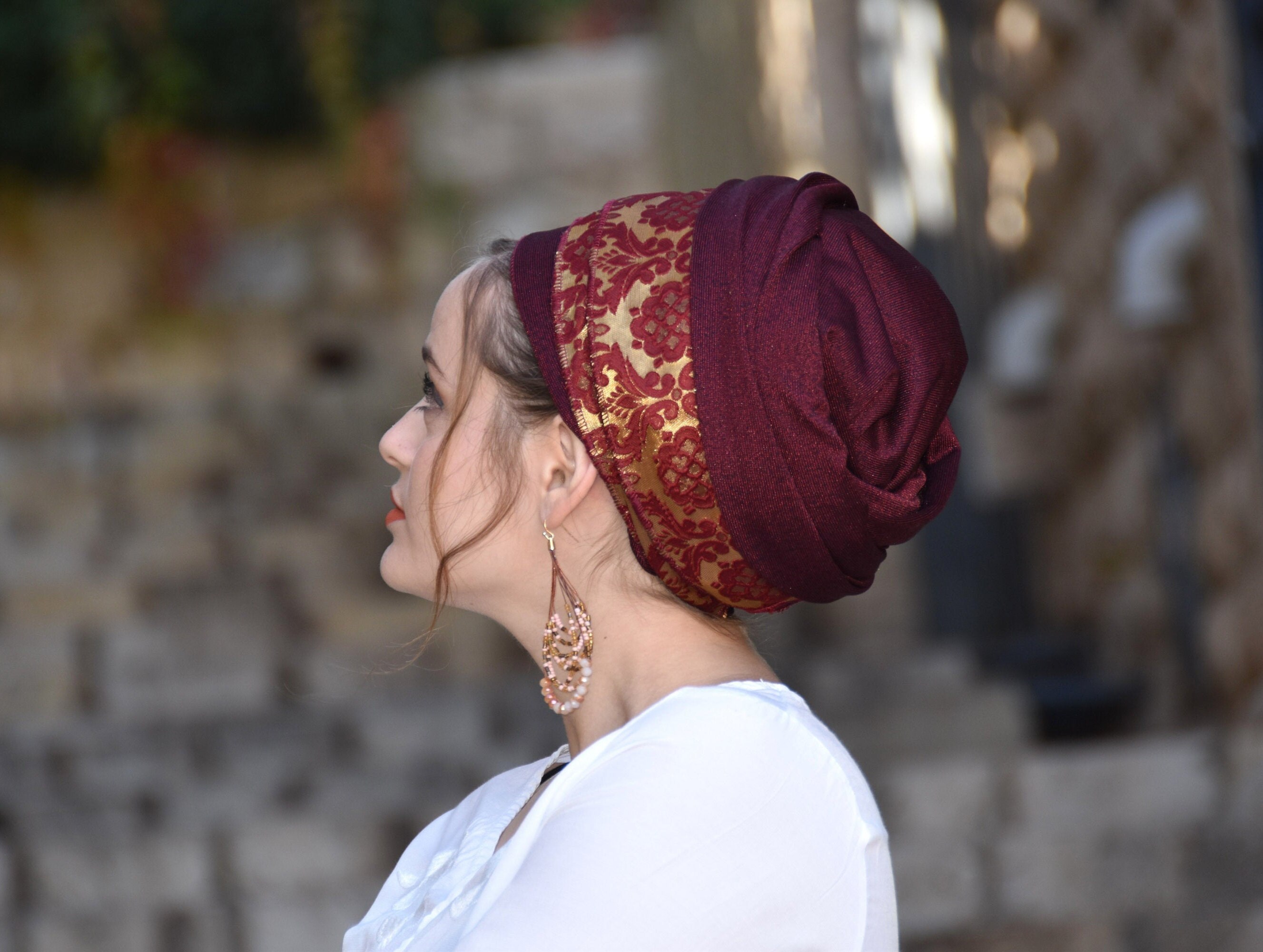
The Yiddish word for scarf is also known as mitpachat (head covering) in Hebrew. It is most prevalent in Israel, but also appears from time to time around the world. Many women use the scarf to cover their hair instead of a wig, a choice they make based on personal preference or the overall style of the community. Most Modern Orthodox women wear the scarf in an area greater than or equal to one inch from their hairline, but most right-wing Orthodox women prefer to wear the scarf just above their hairline.
#3 Shpitzel

Some Hasidic married women wear a head covering called a shpitzel. As a partial wig, it mainly covers the hair at the front of the head, with the rest of the head generally covered by a headscarf or small bowler hat. This head covering has a unique advantage in that it not only mimics the real hair look, but also ensures a certain level of coverage. The material used to make the shpitzel may have been silk, lace or synthetic fibers. Shpitzel was popular with Hungarian women in the 19th century and was worn by some women who strictly adhered to the community code.
#4 Pre-tied Bandana
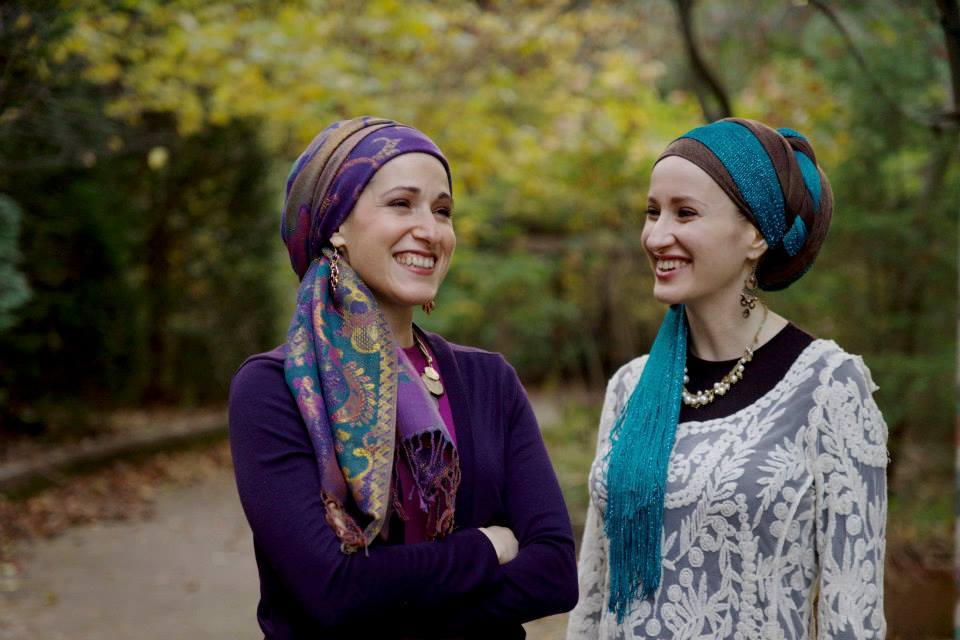
The bandana is also a hair covering often worn by Jewish women. It is very easy to wear and only takes a few minutes to tie in a knot. The bandana is elastic and often has "tails" of varying lengths. Jewish women sometimes tie the end of the bandana around their necks, and sometimes let it fall naturally around their necks. In the Jewish community and in Israel, the bandana is more popular. However, the bandana has fallen out of favor in the United States. Most bandanas will have a pattern on them.
#5 Snood
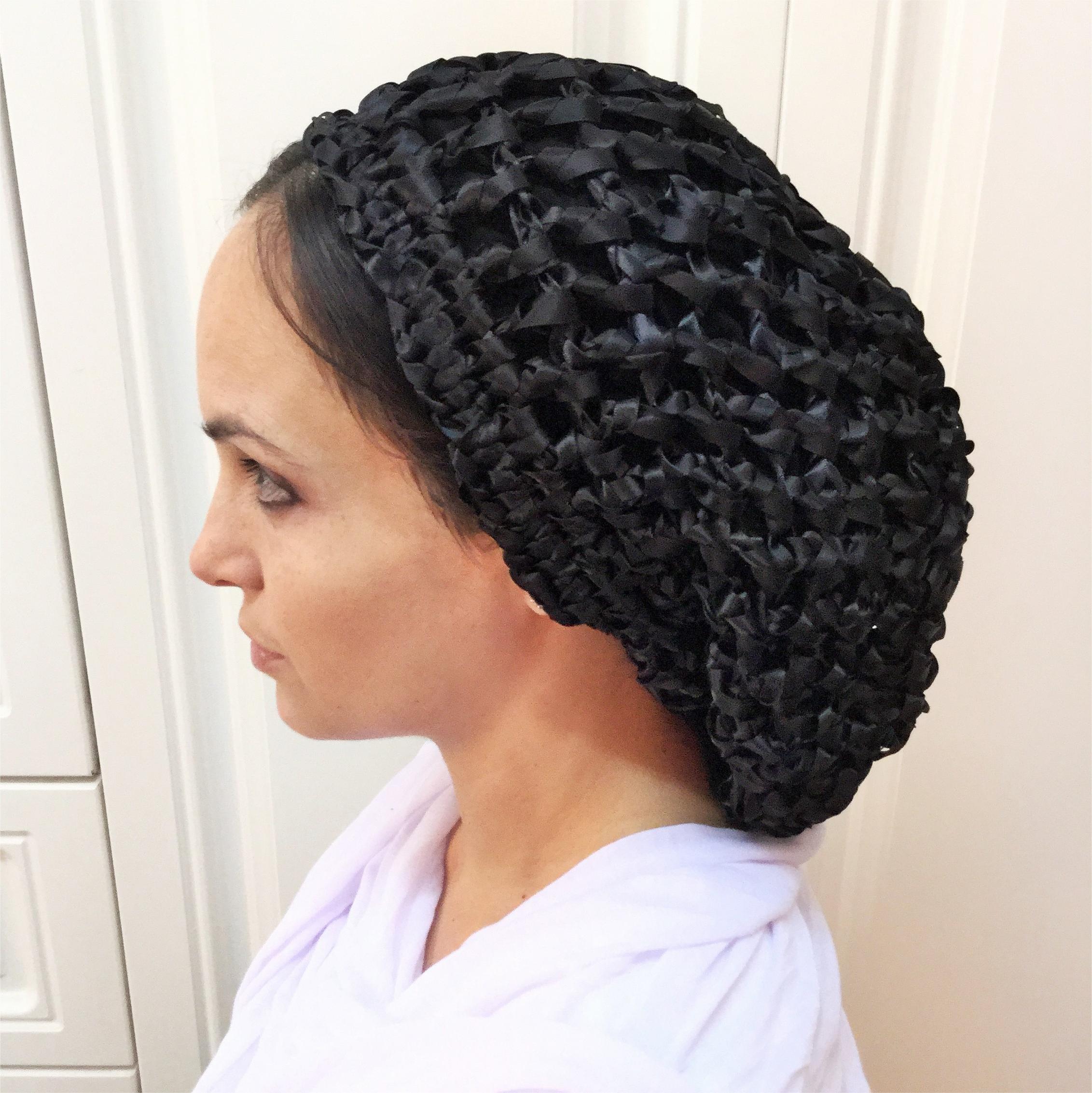
In the Middle Ages, the snood was once the standard of dress for aristocratic women. Today, outside of the Jewish world, the snood is an object used by women at lunch, and it is considered a prop for Renaissance festivals. However, this is not the role of the snood in the Orthodox world. They are crocheted from chenille, yarn and a variety of sequins that emit a dazzling glow. In shape and size, they are similar to berets. The difference is that some snoods are longer at the end and can be adjusted. Many women of the Yeshiva and Hasidic religions prefer snoods.
#6 Hat
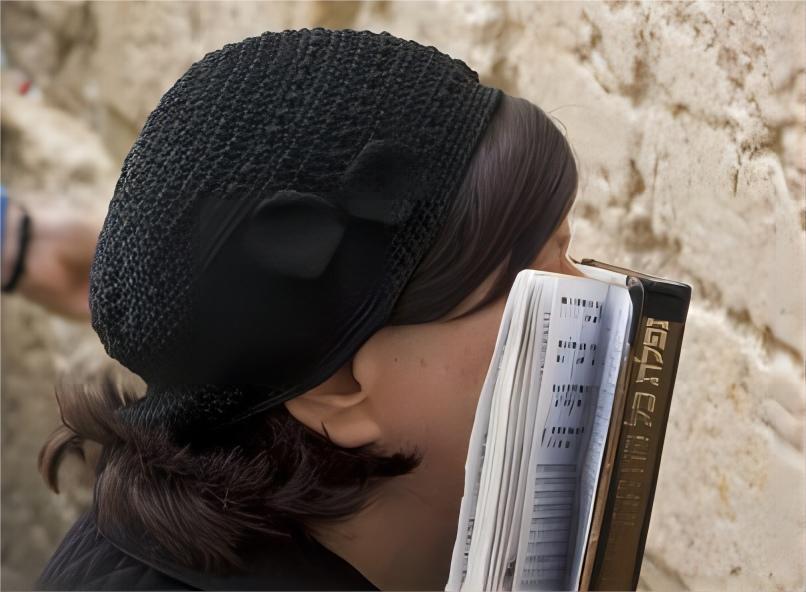
Hats are the most common thing people choose to cover their hair. Many Orthodox women and Sephardic women who do not want to wear wigs are big fans of hats. Depending on the occasion, these hats are used for different purposes. For example, the beret is elegant and dignified for church, and the baseball cap is lively and casual for everyday life. They can also be used with other hair accessories to form a characteristic appearance shape. For women in the northeast, hats are a good choice because they can help protect them from the cold.
#7 Beanie

In the Orthodox Jewish world, the beanie is considered the most comfortable type of head covering. The material used for it varies, with women wearing cotton and modal fabrics in the spring and summer, and rabbit fleece and wool materials in the fall and winter. In addition, it also has a variety of styles. Some beanie without any decoration, looks simple and generous, some are inlaid with rhinestones or artificial plush ball, looks exquisite and fashionable. It is popular among the Modernist and Yiddish communities.
#8 Turban
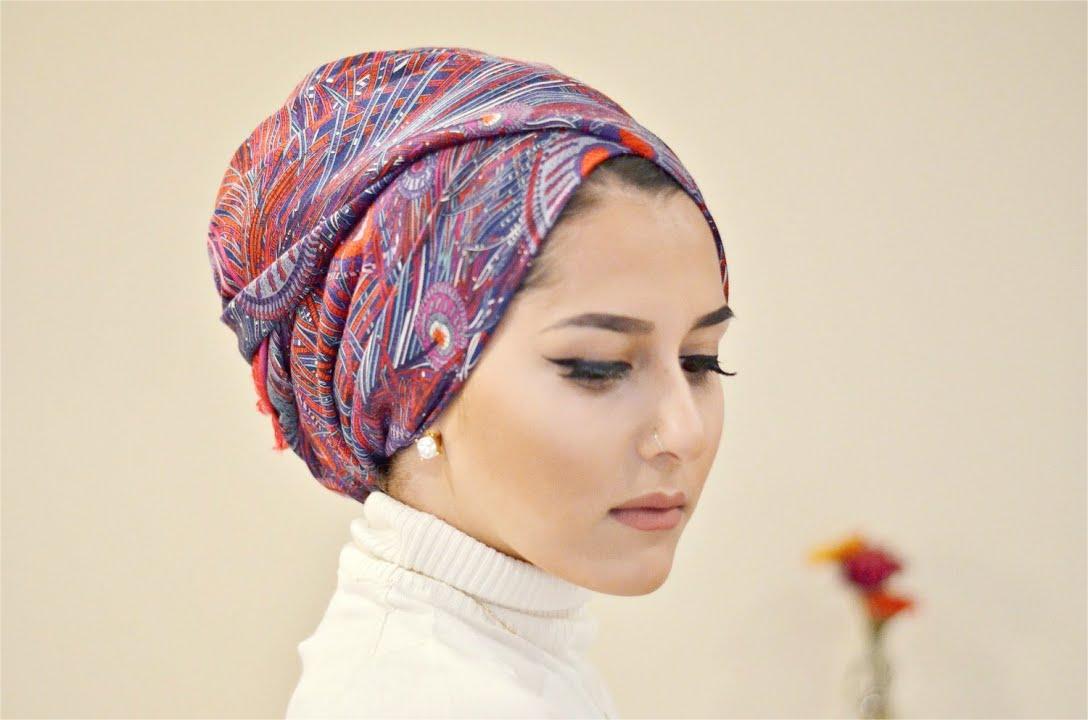
In recent years, turbans have taken the fashion world by storm. Many celebrities, such as Jessica and Beyonce, have used the turban as an important accessory to decorate their hair. It is indeed charming and not only exotic, but also remains reserved. The more cone-shaped styles are popular with Hasidic women who used as an alternative to the sheitel.
How did the hair coverings for Jewish women evolve?
This custom first appears in the Bible. The Bible writes about this ritual, which is used to ascertain the honesty and faithfulness of a woman accused of cheating. Since then, the Torah, on the other hand, states that the priest should remove the head covering to expose the accused woman's own hair before the ceremony begins. And then later, the Talmud also goes on to assert that it is an obligation for a woman to wear her head covering as prescribed by the scriptures. This is the origin of this custom.
Shortly after that, the Mishnah has drew criticism for this opinion that the Bible does not explicitly state that it is a woman's obligation to hide her hair. According to the Mishna, if a woman went to her wedding with hair uncovered, this serves as proof that she was a virgin at the time. This seems to indicate that never-married women did not cover their hair (that is say, only married women cover their hair), but divorced and widowed women did continue to cover their hair. In other words, it is not an obligation to cover one's hair, but rather an act of "modesty" that is practiced by the Jewish community.
In the Talmudic period, the Talmud initially claims a biblical origin for covering one's hair, but it later changes its tune to indicate that the practice is in fact a code of conduct set by the respective community, and therefore makes a concession: the obligation to observe becomes a minimum of covering head, and the community in turn should standardize the time, occasion and manner of covering head. Other elements of the Talmud indicate that the rabbis defined a woman's hair as sexual desire and did not allow men to pray in the presence of a married woman with her head exposed. This definition is based on the biblical phrase: "Your hair is like a herd of goats", suggesting that this praise reflects the sensual nature of hair. In Judaism, goats symbolize purity and beauty. The biblical praise provided a deeper understanding to the rabbis, who believed that hair represented sensuality and impulsiveness. At the same time, the Bible mentions that you will praise your beloved's face, but the rabbis do not suggest that Jewish women need to cover their faces.
At the end of the Medieval, the German commentator Mordecai Ben Hillel Hakohen (known simply as Mordecai), published a challenging view. He argued that the rabbis' understanding of the word "modesty" was too narrow, and that even the biblical references did not necessarily reflect the views of the time. The rabbis' views, Mordecai said, are closely related to community standards, which are biased toward subjective perceptions and lack objectivity. Therefore, as time passes, their views are bound to change as well.
In retrospect, the act of covering one's hair was indeed practiced by most women during the Talmudic period, and this can be confirmed in the literature provided by the rabbis. The Bava Kamma describes that if a husband causes his wife's head to be exposed in public, he is condemned to violate the social code. This example shows that although this practice existed at the time, it could not be proven to be the result of a religious obligation. In another story, it is mentioned that a woman had seven sons and all became high priests. When asked how she raised such sons, her answer was that she never neglected to cover her hair, even when facing a wall. This mother possessed a high degree of piety that transcended legal and communal norms, and again could not be considered the result of observing religious obligations.
While only a few traditional rabbis have reinterpreted the law of hair covering, throughout the generations women have acted on their own initiative. The first sparks of rebellion occurred in the 1600s, when French women began wearing wigs to cover their hair. Rabbis rejected this practice, both because it resembled the contemporary non-Jewish style and because it was immodest.
Throughout the Middle Ages, the Jewish authorities attached great importance to the practice of covering women's hair, and it was gradually reinforced, based on the obligation derived from the Sotah story. Maimonides, although he did not include this hair in the 613 commandments, did specify that a woman must wear a head covering when away from home, otherwise her husband had the right to divorce her (according to the Law of Marriage). The Shulchan Aruch records that both married and unmarried women are expected to cover their hair in public. The Ashkenazi ruling, however, reflects that this obligation applies only to married women. The Zohar further entrenches the Jewish tradition by describing the mystical importance of women making sure that not a single hair is exposed, which also provides a firmer basis for the custom, thus making the practice deeply popular.
Why Jewish women wear hair coverings?
#1 Laws

Jewish law (Torah, the "five books of Moses" in the Hebrew scriptures) requires Jewish women to cover their hair after marriage. She may not show her hair in front of any man except her own husband, son, grandson, father, grandfather or brother. Of course, there are a few provisions that indicate that a married woman may leave some uncovered hair in the home, whether or not an unrelated man is present.
The law obliges a married woman to wear a hair covering in public. However, the law does not provide a clear answer as to whether hair covering is required in the private home. Some sources suggest that head coverings should be worn even in the home, but that hair coverings are not necessary when no unrelated men are present.
Jewish law also does not give specific standards regarding the amount of hair to be covered. Some sources state that all of a married woman's hair must be covered, but most sources are of the opinion that a small amount (the definition of "small amount" varies from source to source and is only vaguely stated here) of hair can be exposed. It is believed that wearing a hair covering is a sign of reverence for God and a sign that one is part of a religious Jewish community. When it comes to head shaving, some women in the Hasidic community do it, while others prefer not to.
#2 Value
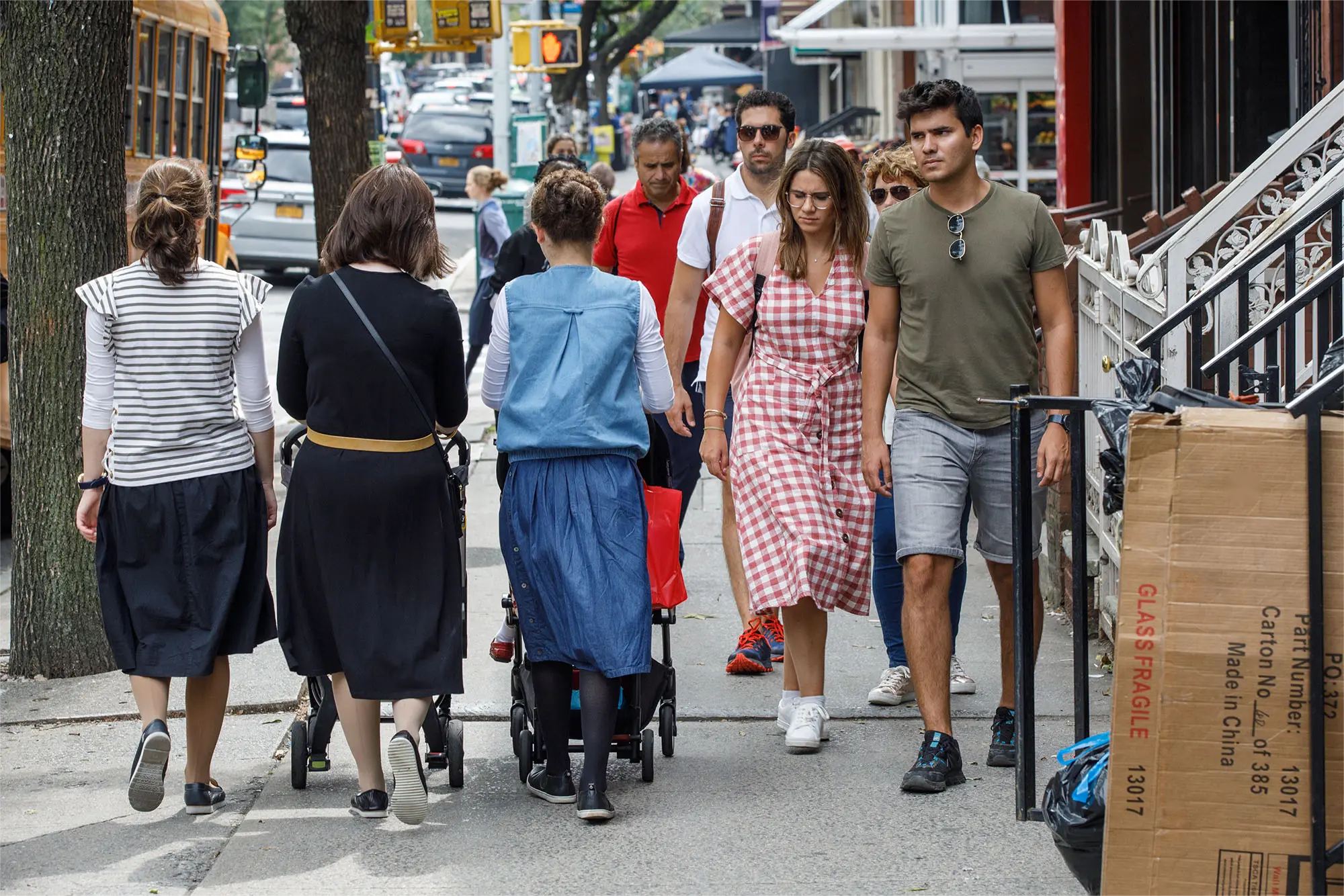
In the Jewish value system, "modesty" has a great deal of weight, and it is a very fundamental value in the Jewish mind. Perhaps in other religions modesty and beauty don't mix. But this is not the Jewish view. True beauty, inner beauty, needs modesty to protect it and allow it to thrive. Whether it's the way they speak or the way they dress, Jews embrace the concept of humility. In daily life, Jews are also accustomed to modest dress. In doing so, they show their respect for God and seek inner abundance. For the Jewish people, the external appearance is much less important than the internal qualities. In order to allow their inner selves to shine, Jews use simple, conservative clothing and a modest attitude to diminish their outward presence. Thus, a modest covering of the body better reveals the true self.
Another very important value is "piety". Jews believe that hair is sacred and special, and that it belongs to the individual. We should respect and preserve what is sacred, and we should respect and be discreet about what is personal. Just as we are to wrap the Bible carefully in a noble velvet mantle, so too should we treat hair. Furthermore, when a Jewish woman marries, her soul is sanctified by union with his significant other. From then on, she is to begin to cover her hair, exposing it only to her husband, and it becomes a beautiful thing that she and her husband guard together.
#3 Religion
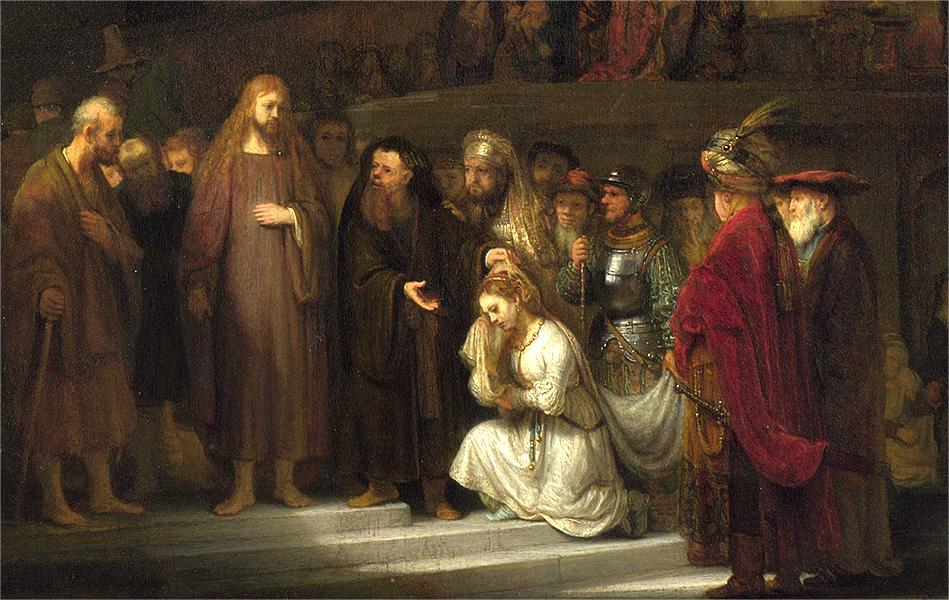
Many Jews have been wearing a Star of David or hamsa when they weren't doing so before, and more are wearing a yarmulke in their daily life to show their religious devotion. The origin of the Jewish faith is explained in the Bible. The Jews believe that there is one and only one God with whom a special covenant was made, and that he and his descendants are the chosen ones who will create a great nation. Their God communicates with believers through prophets, rewarding good deeds and punishing evil ones. Jews worship in holy places known as synagogues, and their spiritual leaders are called rabbis. The Torah, the holy text of the Jews, is called the Tanakh or Hebrew Bible. It includes the same books as the Old Testament in the Christian Bible, but they are in a slightly different order. The Torah is the first five books of the Tanakh - outlining the laws to be followed by Jews. It is sometimes referred to as the "Pentateuch". By studying the Torah and other ancient texts, the rabbis came up with various ideas about the biblical rituals practiced on married women suspected of cheating, and these ideas continued to be spread by people, influencing society and gradually evolving into the custom that married women should cover their hair.
#4 Denominations

Nowadays, Jewish denominations fall into three main categories: Orthodox Judaism, Conservative, and Reform. Beyond that, other denominations are generally underrepresented, such as Reconstructionist Judaism and Karaite Judaism. Each denomination has its own unique understanding of Jewish law due to the different perceptions of it, and therefore has a different approach to hair covering.
For the Reform (also known as Progressives or Liberals), they are more focused on innovation and development. That is, Reformers believe that everyone should follow their own personal ideas based on tradition and do what they think makes sense, rather than just obeying the law. They believe that not all of the historical rules about covering hair are correct. Some of the rules are too pedantic and essentially control and regulate women's bodies during patriarchal societies, which is unfair compared to men. Reformers do not agree that covering one's hair implies respect for authority, a sense of belonging to a group or loyalty to the family. They are more concerned with individual needs: jewish women can wear hair coverings as they like, independent of mandatory obligations.
As far as conservatives are concerned, the practice of hair covering is allegorical. In their view, women's bodies were not to be easily exposed, and hair was sacred, so it was covered to protect privacy. In addition, the covering of the hair is a sign of loyalty to her husband and to the community to which she belongs. In contrast to the reformers, the conservatives focus on traditional culture and believe that the practice of covering the hair is a tradition that has been passed down from generation to generation and is a status symbol, so it is only right that women wear hair coverings. They tend to protect this tradition and carry it forward.
From the orthodox point of view, wearing a hair covering is following the law set by God and cannot be disobeyed. The law was primarily aimed at married women. A woman wearing a hair cover means that she is married, then she should consciously distance herself from men other than her husband and relatives, and no other man should offend her. Her hair should not be freely exposed except at home or in the absence of other men. However, modern Orthodox women largely no longer cover their hair. Usually, jewish women wear coverings such as headscarves, wigs and scarves when they go to synagogue or other holy places to pray. Over time and with increased social influence, more married Orthodox women have embraced this practice.
#5 Preference
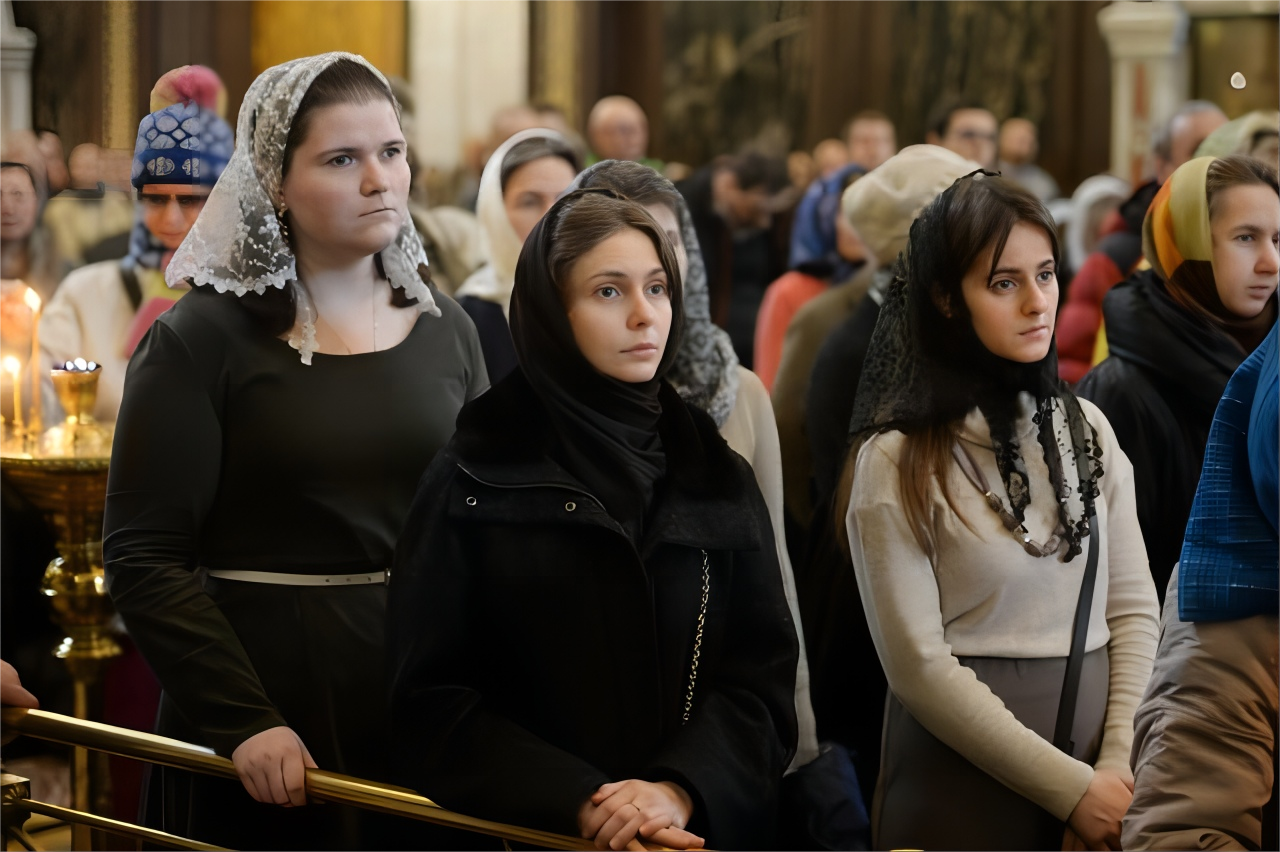
Modern Jewish women have different ideas about the practice of covering their hair. Some women are not married and their communities do not require them to cover their hair, so they can decide for themselves whether or not to wear a hair covering; some women are married and although their communities require them to wear a hair covering, they can still choose the type of hair covering they like based on their personal preferences or ideas. Some young women are very interested in the practice of wearing hair coverings, and they browse books to enhance their knowledge. When they have formed their personal choice, these women do not follow their elders or family members, but rather their own hearts.
Final Thoughts
Whether you are looking to connect with your faith, or simply want to learn more about this beautiful tradition, we hope that our article has provided you with valuable insight.
From the history of hair covering to the different types of head coverings available, we have covered everything you need to know about this important aspect of Jewish culture. If you have any further questions or comments, please feel free to contact us.
Remember, hair coverings are a personal choice and a unique expression of one's connection to their faith. We encourage you to explore the various options available and find the style that resonates with you.
Images credit: Google, Pinterest, YouTube.


